Kanishka Mukherji is from Kolkata, India. He is a Banker by profession, working in State Bank Of India. Kanishka started photography as a hobby, later it became an indispensable part of his life. In this fine interview with 121clicks.com, Kanishka shares some wonderful thoughts with us. Thanks, Kanishka for accepting our invitation. Read on…

Could you please introduce yourself to our readers?
Hi everyone. I am Kanishka Mukherji from Kolkata, India. I am a banker by profession working in SBI. I started photography as a hobby with a point and shoot camera. What started as a hobby, later became an indispensable part of my life. Other than photography I have interest in music and was a riff guitarist in a rock band.
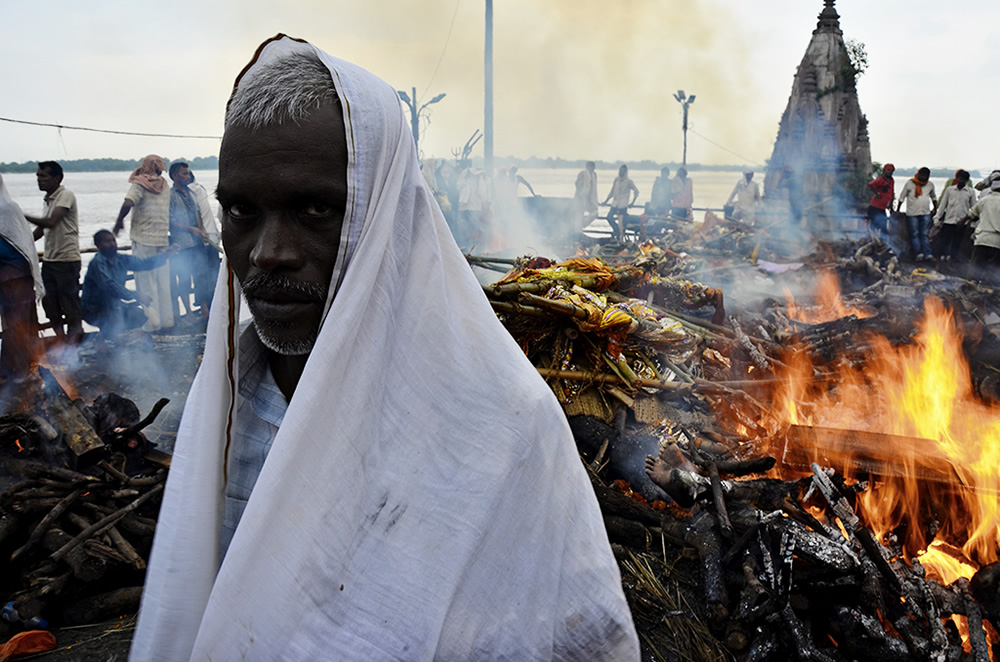
What first drew you to photography and how did you discover it?
My earliest memories of photography were during my childhood. My father had an Asahi Pentax Spotmatic analog film camera which I was not allowed to touch. Whenever he was not at home, I used to play around with it pretending to be a photographer. I think that camera drew me to photography.
In 2012 I had a phone with a camera. I went around clicking anything and everything with it. Once, I clicked a very simple photograph of a boat tied to the bank of a river under the shade of a tree. My girlfriend appreciated the photo and advised that I can think of taking up photography seriously. Maybe that is the moment I ‘discovered’ photography in me.
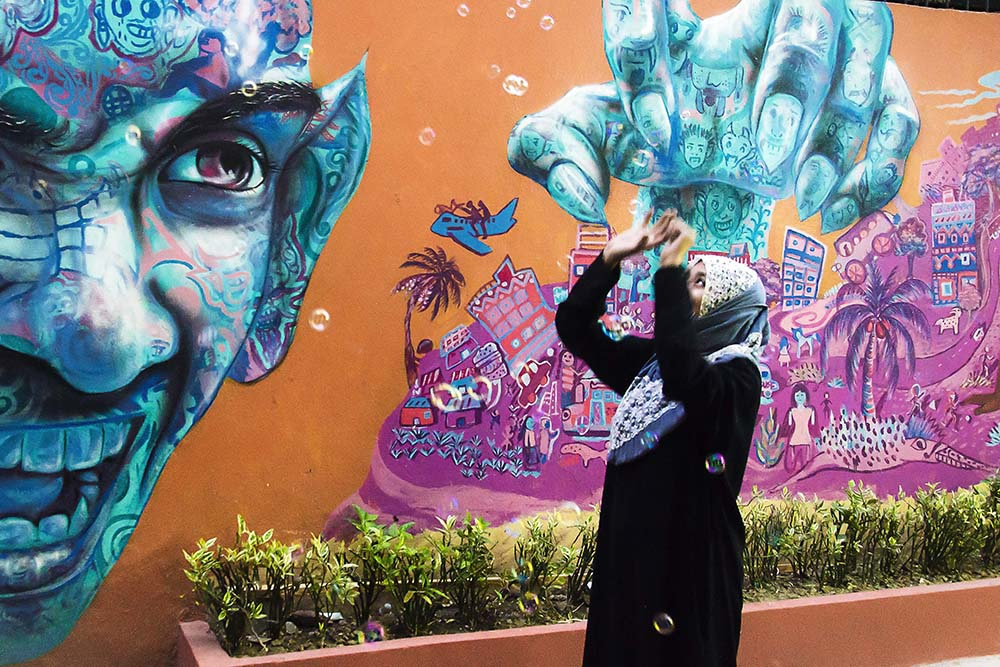
How did you develop an interest in people photography? What kind of human activities and elements do you like shooting most?
I feel that being alive is a wonderful gift. So I try to incorporate life in most of my photos and what else could be the best representation of life other than people with their variety of emotions.
I like shooting people in their normal course of daily life which gives a sense of naturalness to my photos. Bringing the untold stories of people into the limelight is what I strive to do. I believe “it is more important to click with people than to click the shutter”

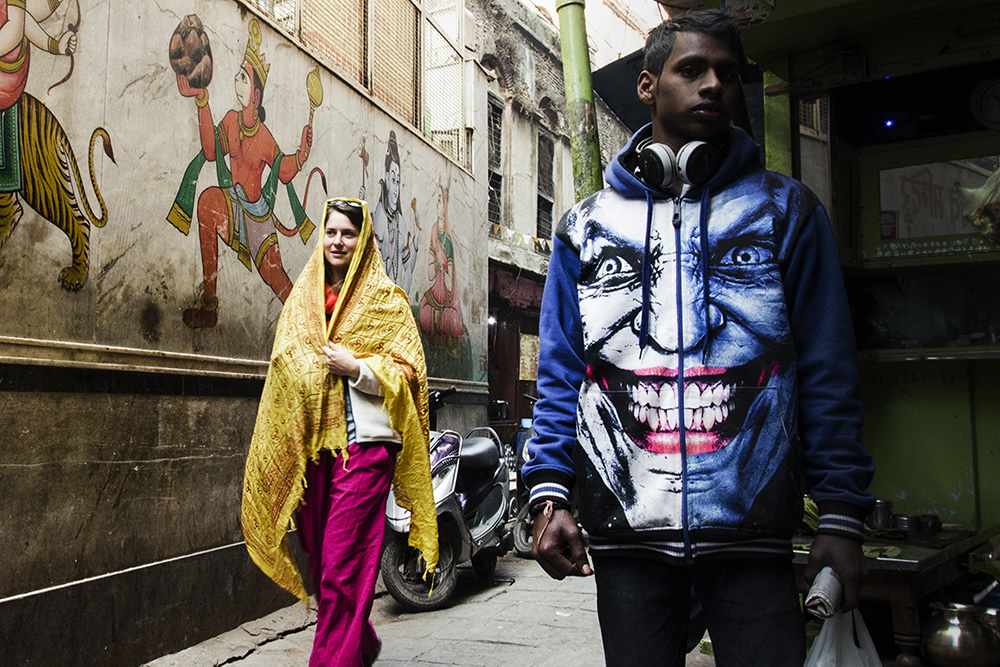
What determines the success or failure of a photo?
I personally feel that no photo is a failure. Each photo is beautiful in its own way. It’s just a matter of perspective of the author and viewer. If the POV of viewers is in unison with the author then that photo may be called as a successful one. But, if the viewer is unable to understand the photographer’s thinking behind the creation of the photo, we shouldn’t tag that piece of work as an unsuccessful one. Rather it is viewer’s inability to decipher the inherent beauty of the photo.
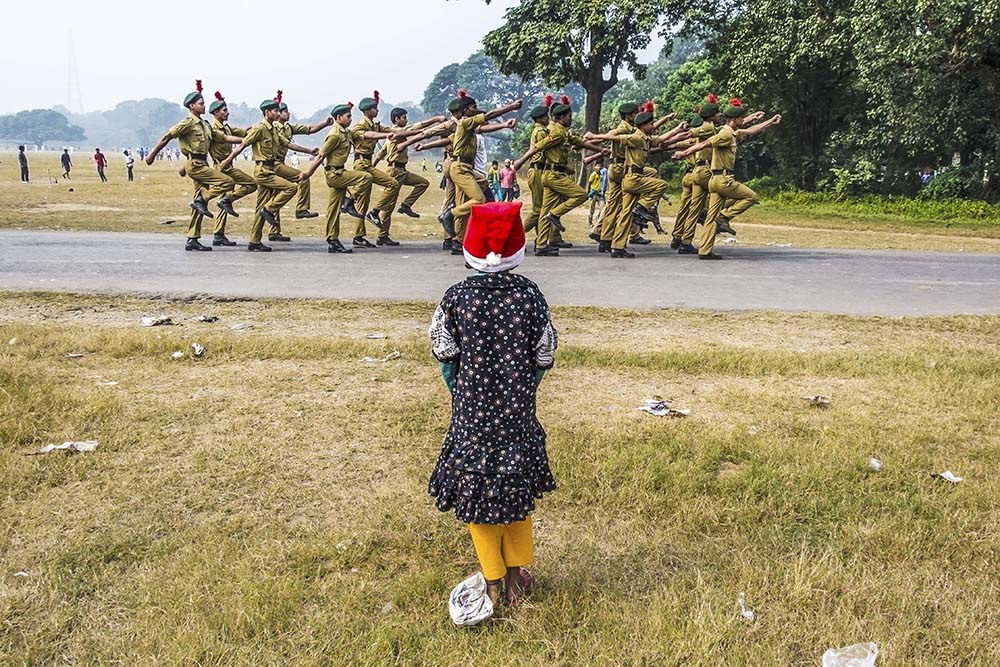
You visit Varanasi every year. What attracts you more?
Varanasi occupies a special place in my heart. I feel that maybe I have some old connections with the ancient city from my past life. It is a goldmine for photographers of which I feel only a little has been explored. The antiqueness of the city has a typical irresistible charm which attracts me like no other place.
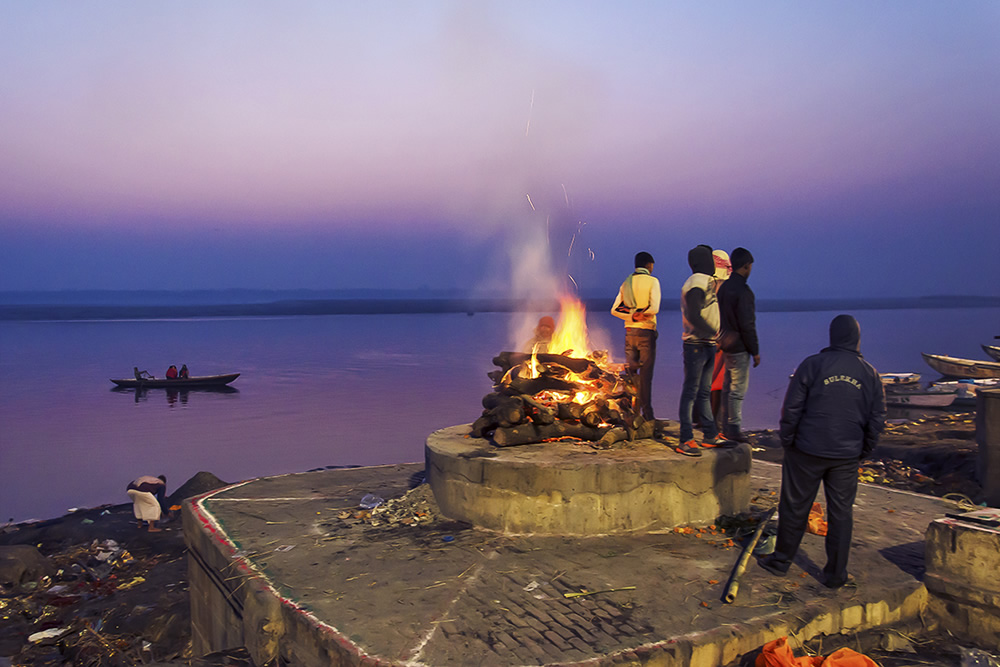
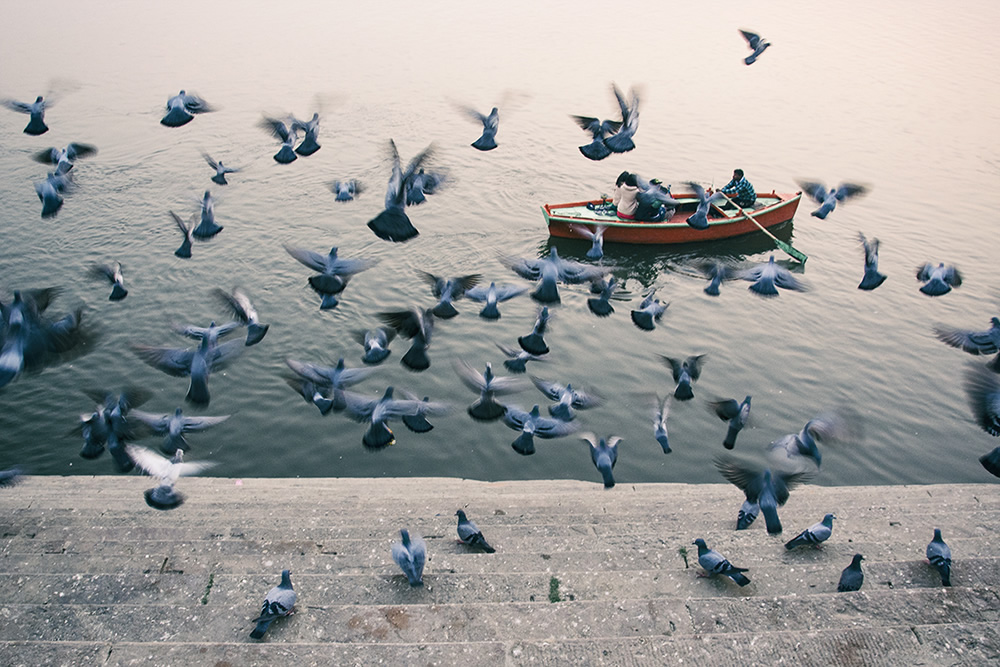
From your portfolio, The 25th Hour is very special, few words about the series?
Thank you for the appreciation. Actually, when I started working on The 25th hour, I was going through an emotional crisis. I had kept myself withdrawn from the world at that time. I had sleepless nights, and in the middle of the night, I used to go out of my house with my camera. I found that there is an amazing serenity around me when the world is asleep. I discovered inner peace in that placidity. I kept on shooting like this for the next four months. Finally, I compiled the shots and the result is The 25th Hour. You will find a sense of solitude and a hint of introspection in most of the photos. This series is one of my favorite work and very special to me too as it helped me immensely to overcome my crisis and regain my confidence.
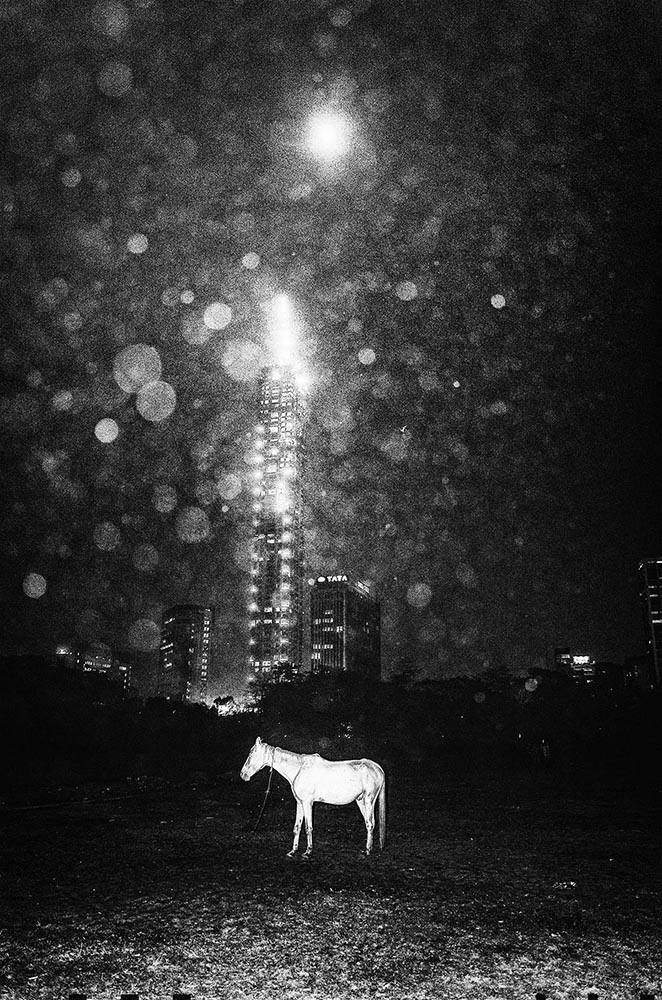
What are your thoughts on working on single images versus projects?
Although I am more comfortable in working on projects, I can’t choose one over the other. Working on a Project gives me a broad scope to portray my work arranging them eventually, narrating a story through series of images. While single images demand from me to be more precise in expressing a fact or making a statement through only one image.
Both of them has it’s importance individually. It depends on what and how you want to do.
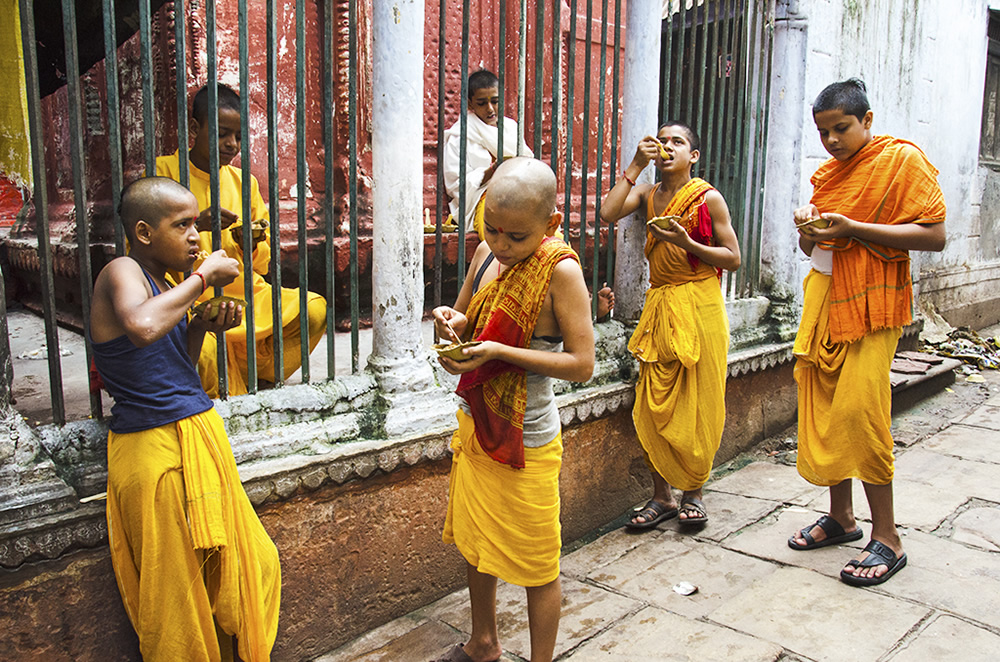
One place you always want to visit as a photographer?
If there is an option for time traveling then I would like to visit Sudan of 1993 and shoot the infamous famine. Else, it is Leh & Ladakh in India without any second thoughts.
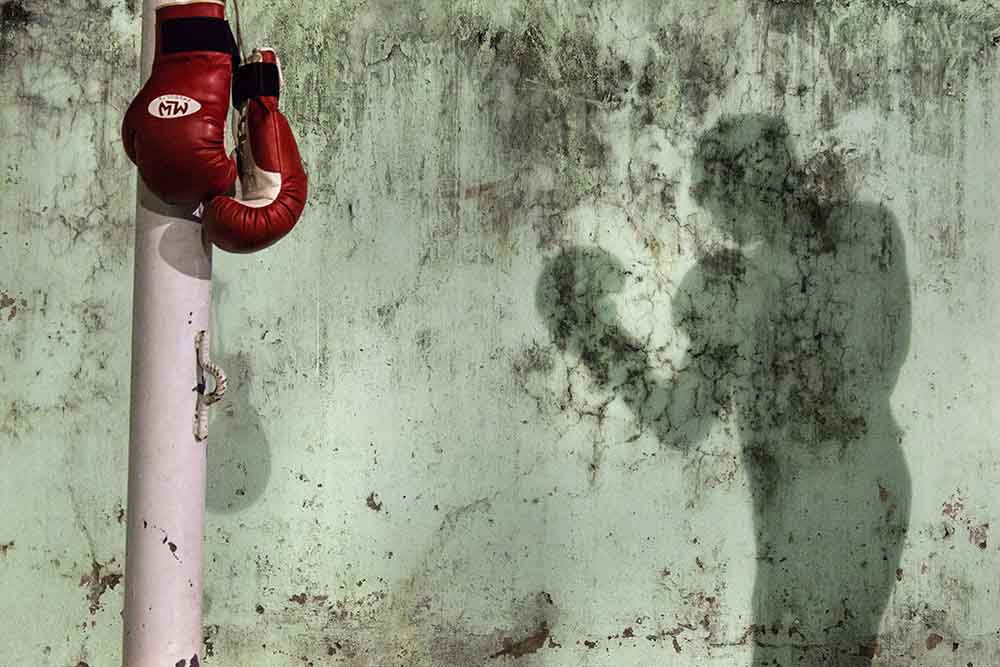
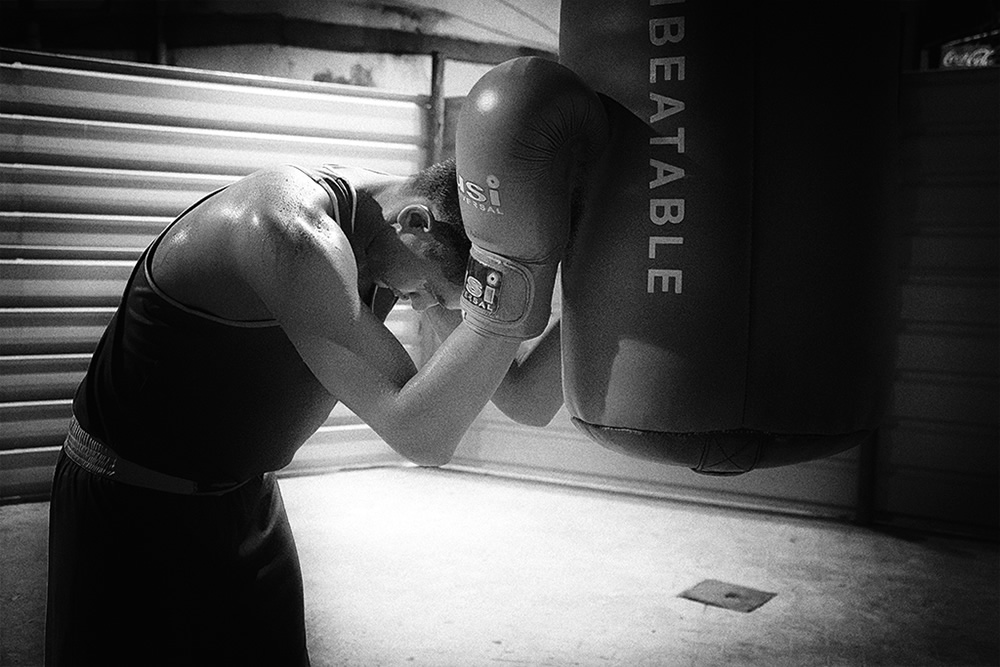
Your favorite photographers?
I am my favorite photographer. Just kidding. The list is a long one. But to name a few I take my inspiration from, are masters like Raghu Rai, Raghubir Singh, Sebastian Salgado, Trent Parke, Saul Leiter.
I do like works of Pronob Ghosh, Sohrab Hura, and Jacob Aue Sobol also.
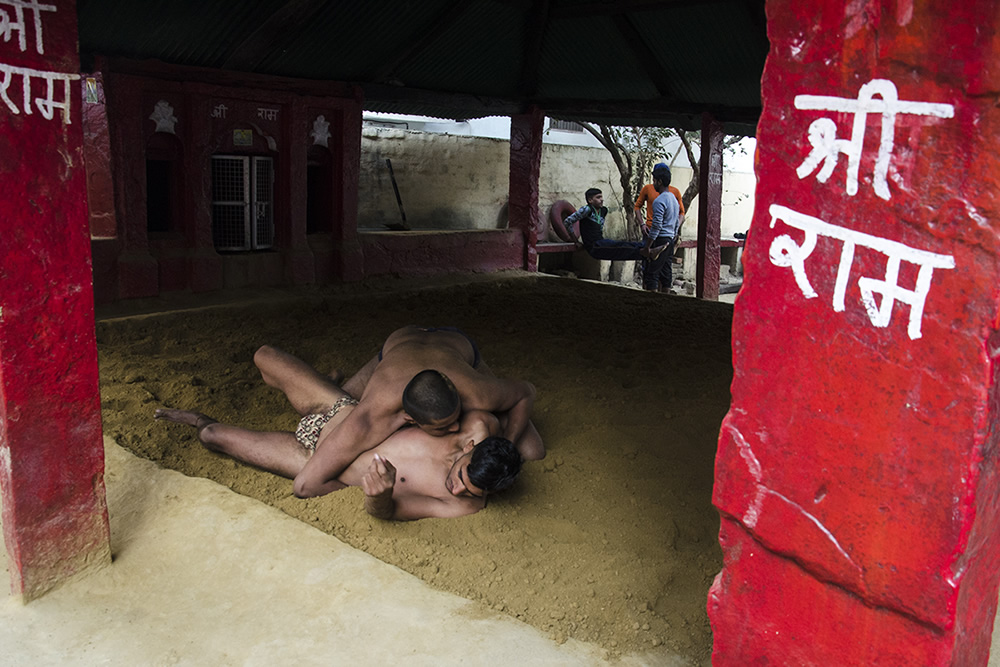
What are some of your favorite books on photography?
I am not much of a reading person. But whenever I get a chance to visit a bookstore near my house, I go through Raghu Rai’s Calcutta and Varanasi portrait of a civilization.
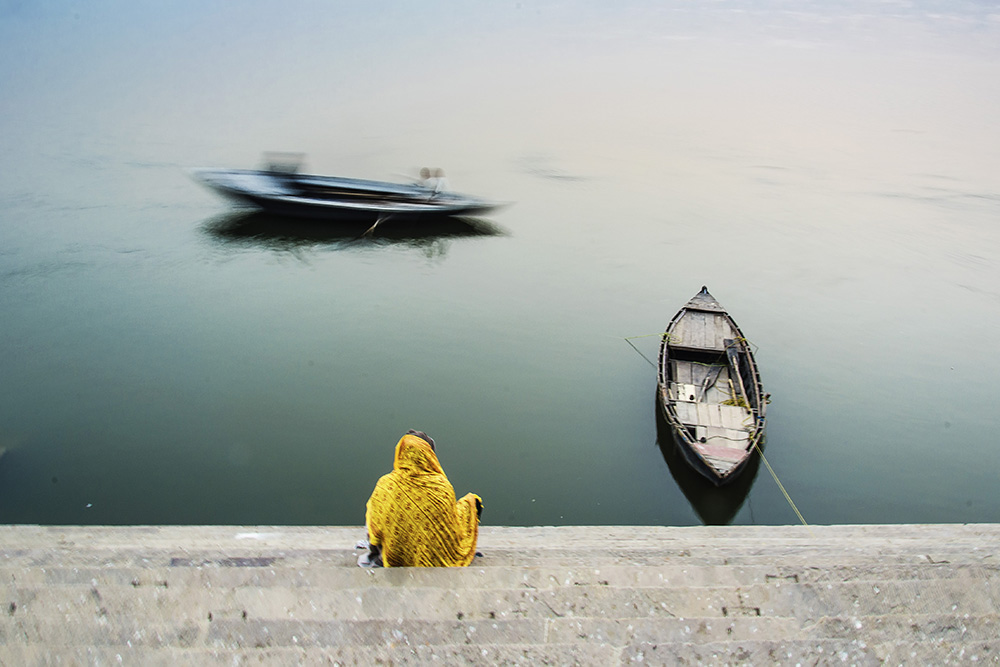
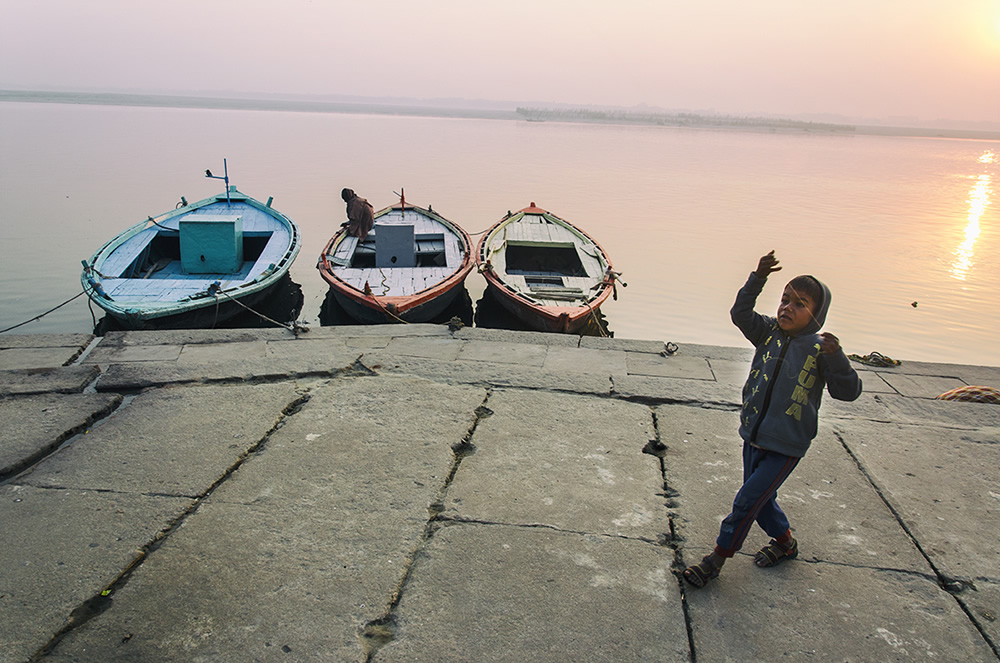
Your favorite photography quote?
“Every photograph I click creates me, I click to create myself.”
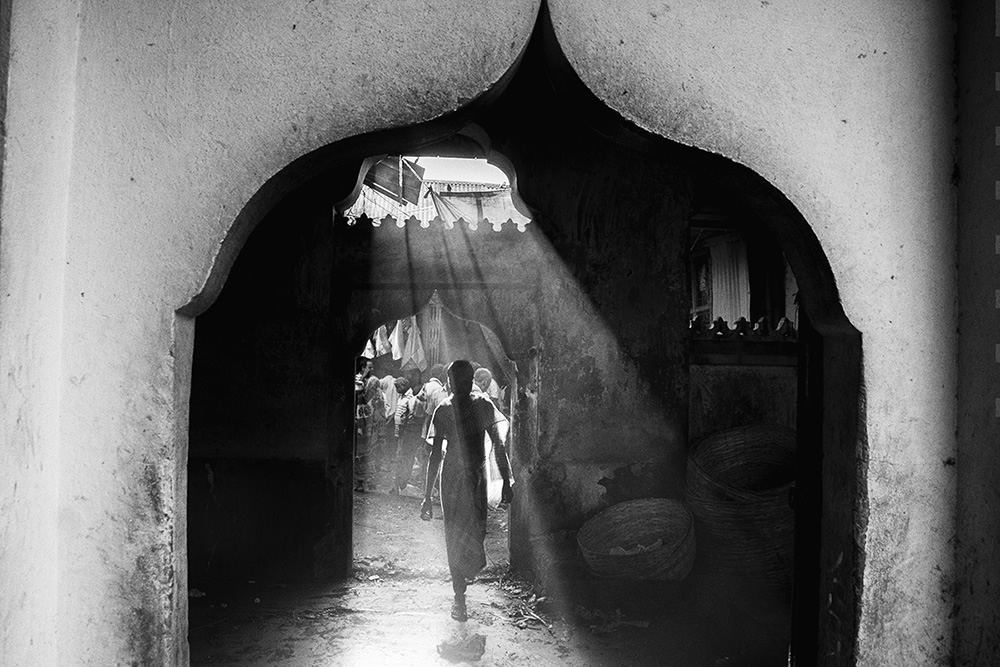
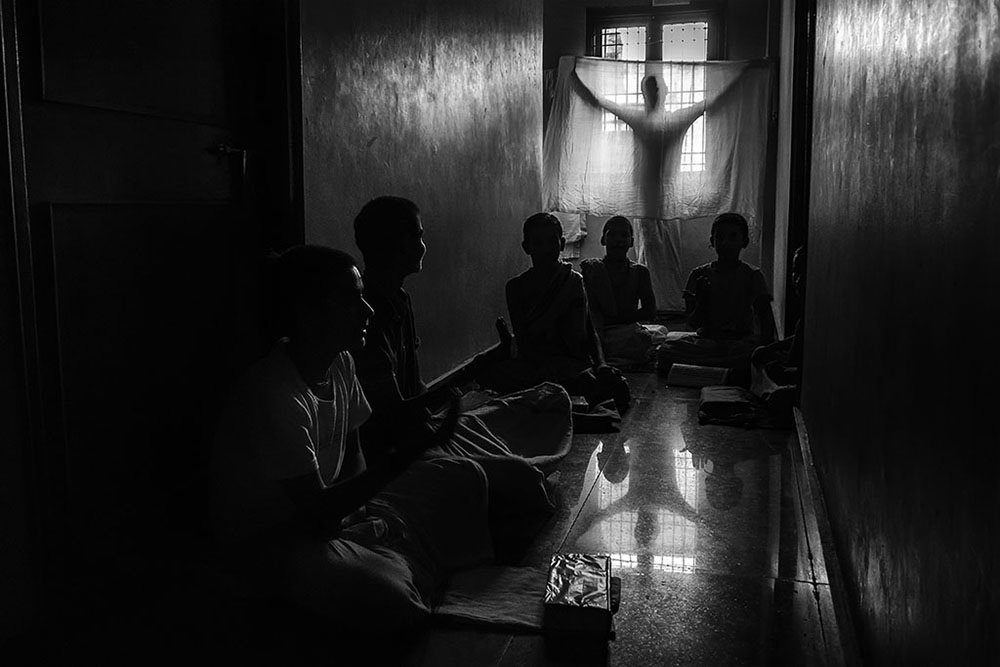
Your Gear?
Nikon D7000 with 18-105mm, 35 mm and sometimes I borrow a Tokina 12-28mm from my friend.
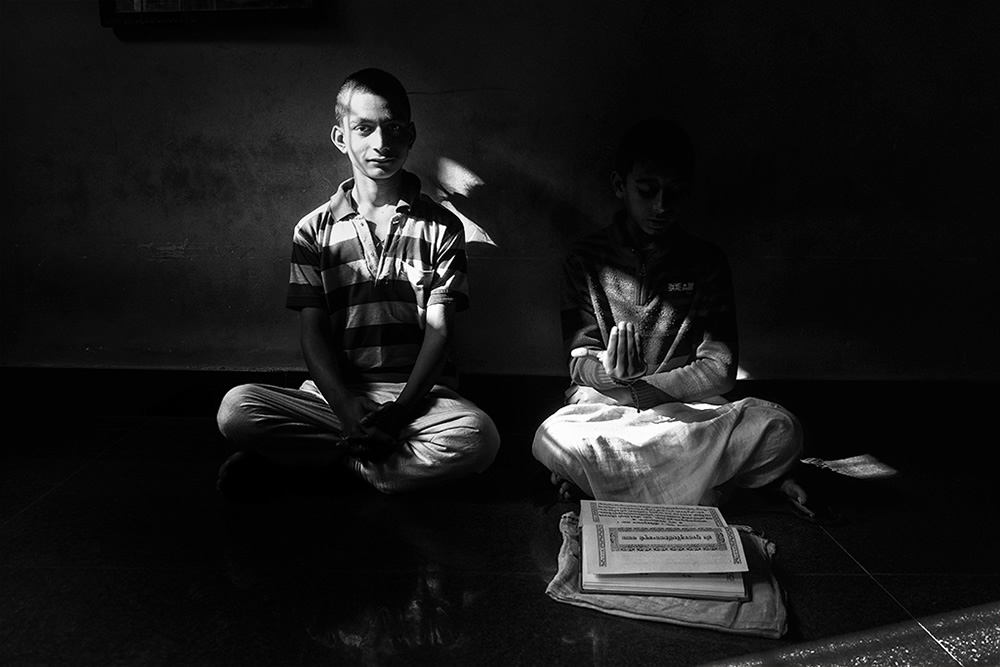
Any final thoughts and words of advice for your fans and our readers?
It really feels pleasantly weird to learn that I have fans.
To the readers of this article and to those people who love photography I would say, go out, shoot a lot. Make mistakes. Interact with people you shoot. Shoot from the heart. Savour every moment when you are out with your camera. Most importantly shoot for yourself, not for others. Do not let short-term appreciations or criticism bother and defer you from your goal. Have faith in yourself. More than being a passionate photographer be a dedicated photographer.
Wish everyone a good life and good light. Amen.
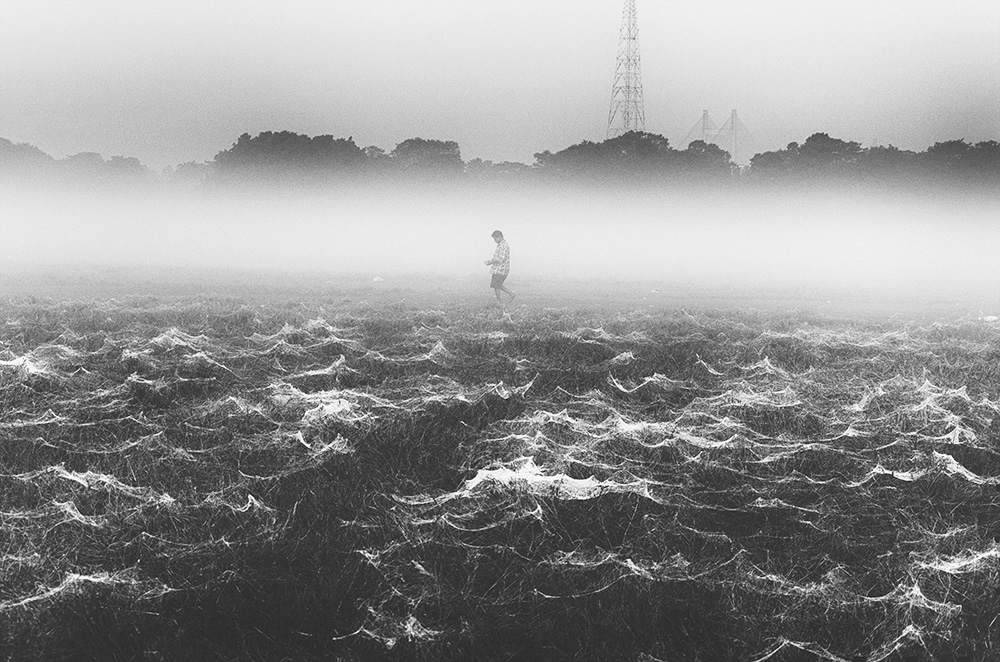
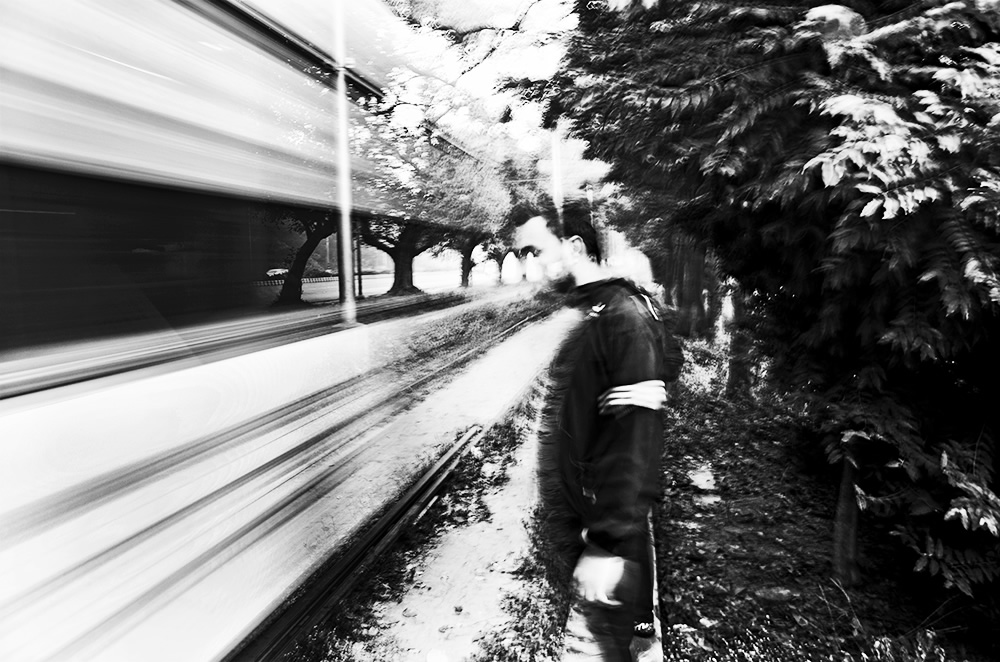
You can find Kanishka Mukherji on the Web :
Copyrights:
All the pictures in this post are copyrighted Kanishka Mukherji. Their reproduction, even in part, is forbidden without the explicit approval of the rightful owners.


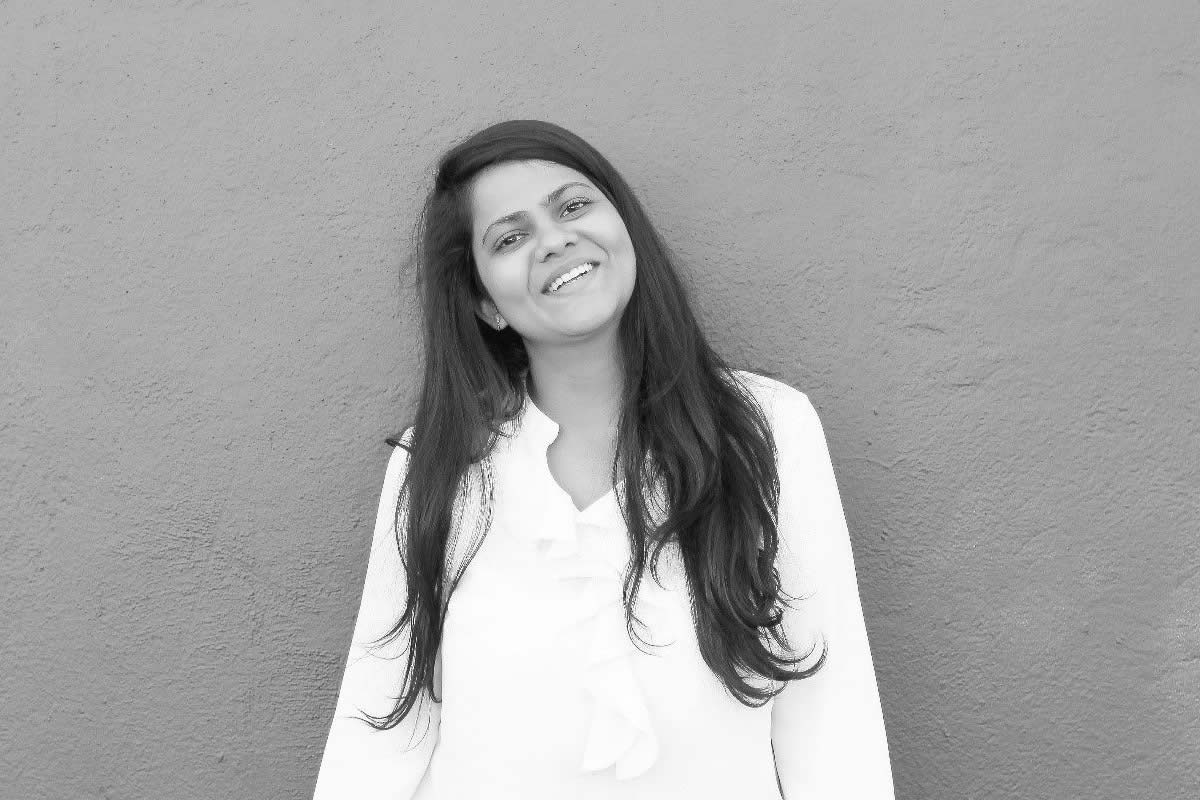


2 comments
Lovely
Excellent…………. No more words.